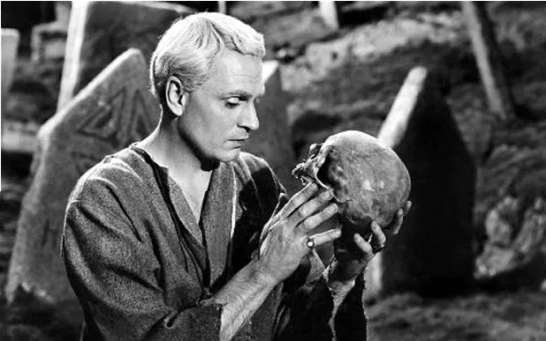Hello all. Next Tuesday, which will be our last meeting before we stop for Christmas, we’ll be discussing pp.181-211. These pages include the introduction of possibly my favourite character in the novel, Madame Psychosis; a map of Ennet House + surroundings; some more of the always-interesting Lyle; and a substantial section on Ennet and AA philosophy, which is the start of the stuff the novel is really deservedly famous for.

This week we’ve been officially introduced to Madame Psychosis, sitting inside a weird face- and skull-shaped building. In fact, buildings seem key right across these 30 pages. We talked about how Wallace seems to draw buildings that match their contents somehow, or stand in for something significant (about the relations between social classes? About the nature of the people who enter or leave them?) within the larger world he is creating.
This Madame Psychosis chapter seems both to make some metafictional statements about the nature of the novel itself (her show having the quality of nightmares; it seeming to build to something…), as well as bleeding into the Incandenza family in really interesting ways. The show is preceded by a reference to (presumably) Orin, and ends in Mario’s ear. It is also chock-full with references to film and film-makers, as is the novel itself.
We talked about dead moons, spirals, and the units around Ennet House. We enjoyed the scene with Lyle and the weightlifters.
We also discussed the difference between the Ennet community’s collective wisdom, which seemed to come from a place of suffering (and perhaps seemed truer for it?), as compared to the solo wisdom of Lyle, Madame Psychosis, or even Hal in the film on the feral prodigy.
There’s nothing in these pages not to love. The Ennet section in particular is incredibly quotable. It also signals the start of the stuff in the novel for which it is perhaps most famous (and it’s a surprise to a second-time reader just how late in the novel it starts!). We talked about tattoos on white men, significant references to the Sixties in this week’s pages, and how everyone loves Madame Psychosis and her character is only going to get more interesting…
Word of the Week: “‘Gwwwhoooooowaaaaa!‘”
